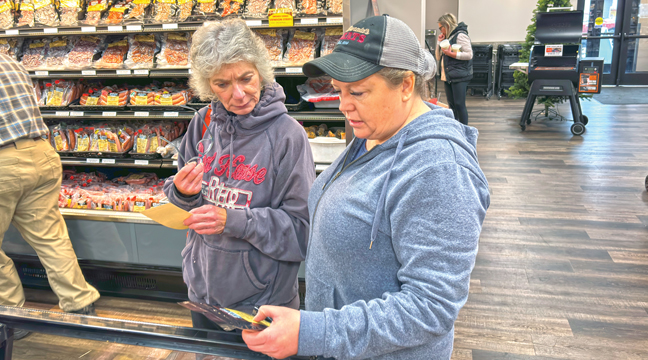A group of kids had lots of fun and learned about science during a summer day camp at the Sherburne County Fairgrounds Tuesday.
The event was one of six June day camps sponsored by the University of Minnesota Extension service.
Tuesday’s camp was for kids K-2, and had lots of hands-on activities.
4-H Program Coordinator Kristen Gustafson said the day started with an introduction of the counselors, then a few games to get the kids energized for the day.
Their first activity was making oobleck, a substance made famous in a Dr. Seuss book.
“It’s a book about this king who was sick of just rain, snow and sun, so it rains a rubbery substance called oobleck,” said Gustafson. “We make our own version of oobleck with cornstarch and water that they can bring home with them.”
The kids selected different colors and mixed it with their hands.
“It gets pretty messy, so we have to hose down their hands,” said Gustafson.
Next came a tasty science project - making ice cream. The kids learned how to mix milk and sugar in a bag, place the mixture in a second bag of ice and salt, then shake it for 12-15 minutes.
“They learn about different states of matter and how it can change from a liquid to a solid,” said Gustafson.
Then, with a little chocolate syrup, the kids ate their science project.
Next, the kids made marble track rollercoasters using foam pipe insulation.
“They learn about how potential energy and kinetic energy are related,” said Gustafson. “The higher the marble starts, the further it goes.”
Another project focused on gas. The kids put yeast in a bottle and a balloon on top.
“You can see the gas that is being produced as the balloon fills up,” said Gustafson. “We talk about how you can use that in cooking, making breads and things like that.”
The kids also learned about making water purifiers using gavel, sand and activated charcoal to make water palatable.
Their final project was about density. They made a density column by putting liquids of different densities in a tube. The lightest liquid - oil, stayed on top, with water, syrup and a glycerol mixture forming the other three discinct layers.
“Everything seems like a game, but they’re learning,” said Gustafson. “It all about fun science.”










